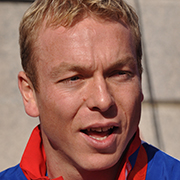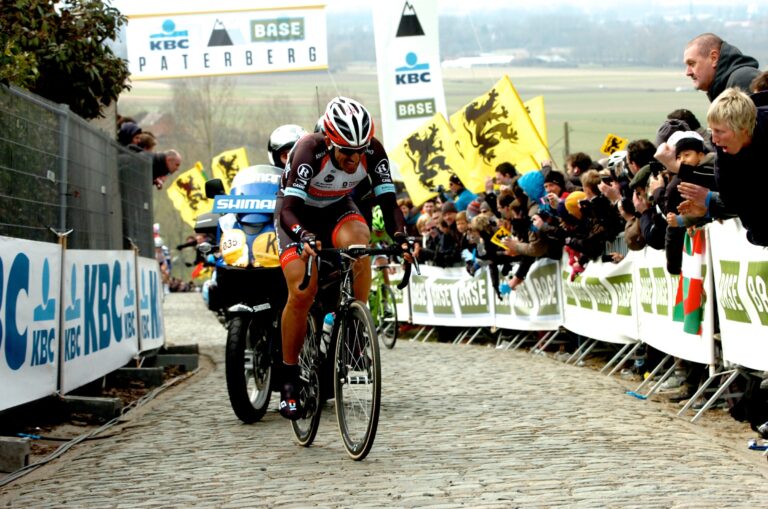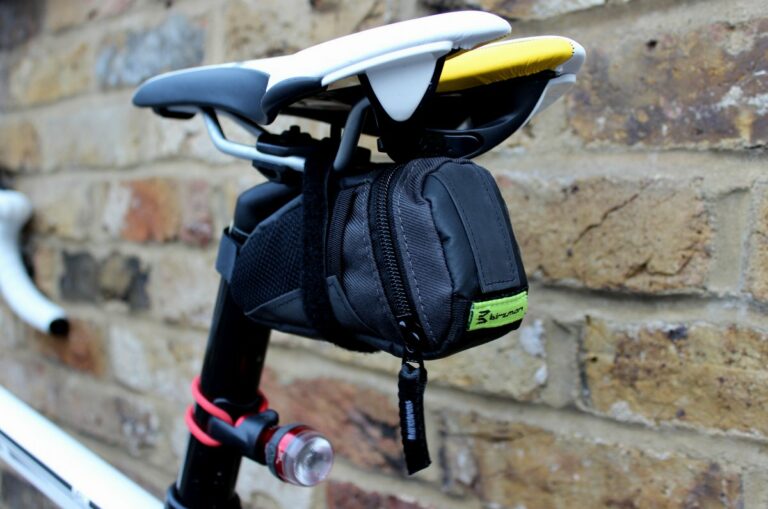Since London 2012 Sir Chris Hoy has added another line to a CV which, in its most condensed form, now reads: six-time Olympic gold medallist, 11-time world champion, knight of the realm, bike designer.
Hoy unveiled the brand which bears his name in November 2012, three months after winning double Olympic gold in the capital, and the debut range includes three road bikes and four city bikes, as well as a soon-to-be-released track bike, which we saw Hoy test last month.
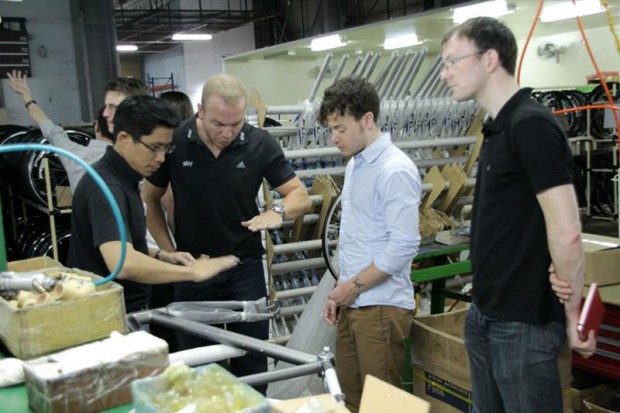
The bikes are sold through Evans Cycles and Hoy has worked closely with James Olsen, who previously designed the Genesis range of bikes for Madison before moving to the retailer to breathe new life into the firm’s house brand, Pinnacle, its heritage line, FW Evans, and take on the HOY Bikes project.
HOY Bikes arrived on Evans shop floors in June this year but the collection has been three years in the making, dating back to a conversation at a winter training camp in Perth at the beginning of 2010.
“We discussed what we want from the brand, what bikes we’d have, what the bikes would be like. We discussed a lot of ideas, then we went to an agency to talk about the brand, how it’s going to look and what it’s going to do,” Hoy told RoadCyclingUK at a track day organised by nutrition company Science in Sport.
We could have had the bikes ready pre-London 2012 but it would have been rushed. I wanted to make sure the bikes were right
“It’s such a long process but I’m glad we took our time and took the right steps to do it properly.
“We could have got the bikes ready pre-London 2012. They’d have be in the shops and we could have got a massive boost in sales but I wouldn’t have had time to do it properly and it would have just been me asking someone else to do it.
“Then a) I wouldn’t have been proud of it because I wasn’t involved b) I’d have missed out on what was a very fun process and c) if it didn’t go well then my reputation would have gone from the beginning. I wanted to make sure that when the bikes came out they were right.”

Those to have taken a similar path to Hoy post-retirement include Chris Boardman, who, like Hoy, sees most of his bikes sold through a major retailer, 1988 world road race champion Maurizio Fondriest, and Mario Cipollini.
Boardman, who has achieved huge success with his own brand, and Hoy are inextricably linked, with Boardman the former head of the Secret Squirrel Club which kept British Cycling at the forefront of technical innovation and Hoy a willing guinea pig.
And Hoy says his countless hours in the wind tunnel, testing prototypes and, ultimately, winning races, has helped smooth the transition from bike rider to bike designer.
I loved getting involved in the technical side as a rider and that’s helped in this project
“Some GB riders didn’t really have any input and didn’t get involved in testing, they just rode what was given to them,” said Hoy. “Others, me included, got really in to it and I loved it. The point was that the bikes we rode might be the same but the efficiency was only about the bike plus the rider put together. So you could get a bike that was really good but it’s only in relation to how the rider rides. The interaction between the two is vital.
“You could sit back and let someone else do the wind tunnel testing, and not bother, but you wouldn’t really know if it’d work for you. So I’d get involved in all the wind tunnel testing, and would give feedback, and would then test frames and have my own choice of spec – saddles and bars and pedals and everything else – and the more I was involved in it, the more I understood it, and the easier it was to get involved in this sort of project.”
Olsen remains the technical chief behind the project but Hoy’s input on the debut range extended to geometry (Hoy believes fit is the most important factor in comfort and performance), tubing and spec. He also test rides each model through the development process but says he’s not too proud to let Olsen take the lead in areas where he has undoubted experience and an enviable track record.
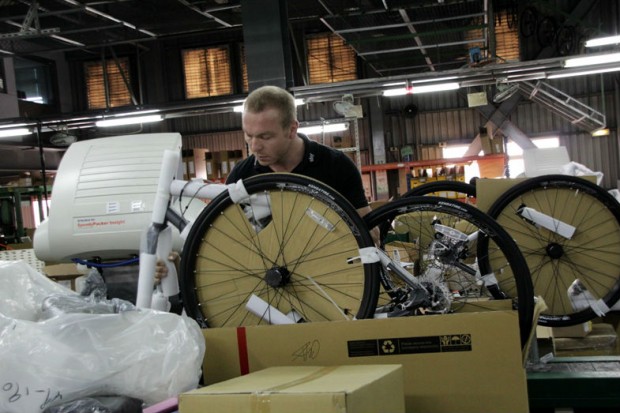
But while Hoy seems an obvious candidate for designing a track bike, road and city bikes are a less obvious connection. However, the Sa Colobra range of road machine is named after the climb on which Hoy, who raced extensively on the road as a junior, and the rest of Great Britain’s track team, trained during winter camps on the Mediterranean island.
The HOY brand is focused on producing affordable, well-specced bikes, and the current road range tops out with the £1,300 Sa Calobra 004. But while many rivals manufacturers offer a carbon fibre frame at that price, Hoy believes aluminium represents better value for money.
It’s a drum we’ve beaten long and hard on RoadCyclingUK, following reviews of machines including the Kinesis Racelight TK3, which has become the RCUK Test Rig, and Cube Peloton Race, which both occupy a similar position in the market to the Sa Calobra range.
I’d rather ride a really good aluminium bike rather than a low-spec carbon bike
“As track sprinters we raced on aluminium frames a lot longer than some of the team pursuiters and endurance riders, because for sprinting it’s always been about stiffness, the strength of the frame and the structural rigidity of it,” said Hoy, who worked in an Edinburgh bike shop as a teenager.
“Aluminium is lighter than steel and we could have gone with carbon but the early carbon frames were very flexible, so I’ve always been a fan of aluminium. Even on the road now, I’d rather ride a really good aluminium bike rather than a low-spec carbon bike.
“Aluminium just feels really responsive. I used to love Cannondale back in the day. That was my early road bike as a junior that I properly specced up myself. It’s like this project, I had a budget and built it myself. I saved money by working part-time and then was looking in the Cycling Weekly classifieds for a frame and fork, then buying the Ultegra groupset and then putting it together to get the best bike for the money I had, and that’s pretty much what I’m doing now on a much bigger scale.
“We have a budget and we know that if we go for a big spend in one area, then we lose in another. It’s just about getting the balance right.”

Aluminium is also enjoying something of a renaissance even higher up the food chain, with Specialized producing an S-Works Allez for the first time in a decade, Kinesis launching the super-light Aithein frameset and Koga adding the A-Limited to their Signature Collection.
Hoy is also convinced of the benefits that high-end aluminium brings, with such a frame potentially in the offing in a future range, and believes some consumers can suffer from carbon blindness.
“I think some people buy carbon for carbon’s sake,” said Hoy. “You’ve got to think about what you want from the bike. If that means you need the best in carbon then that’s great, but I think up until about two grand, you’re often better going with aluminium with a better spec.
I think some people buy carbon for carbon’s sake. There’s a chance we’re going to do an even better, high-end aluminium bike
“There’s a chance we’re going to go for an even better, high-end aluminium bike, with a new frame and custom tubing, and to really push the aluminium side before we go for the full carbon road bike.
“That’s not to say we won’t do a carbon road bike eventually. Carbon’s great, I love carbon, but it has to be done right and I’d rather than a really good quality aluminium frame than low quality carbon.”
All HOY bikes are made in Taichung, Taiwan, and while Hoy was initially skeptical of the frames from his British-designed brand being made in the Far East, once he visited the factory he says he was “blown away” by the quality control.
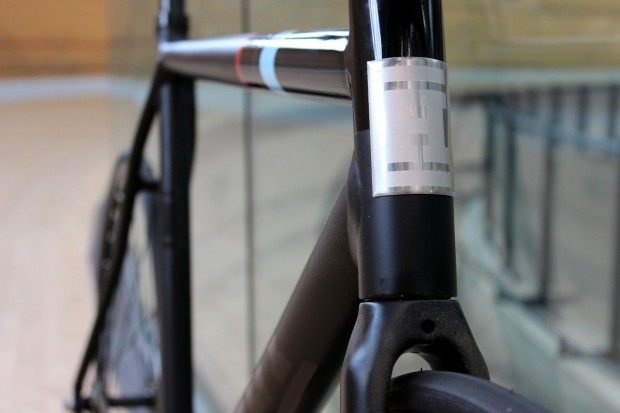
“I had to be convinced in the early days when people were saying ‘this is where we want to go’,” Hoy revealed.
“There are four factories there which are pretty much the world leaders in producing framesets and I thought ‘ok, let’s go and have a look’. When you go in, the quality control is excellent and you wouldn’t believe the extent they go to make sure the bikes are right.
I’m a traditionalist but Taiwan are the world leaders in producing framesets
“I was really impressed. Even so-called expert, hand-built frames, which I had built a few years ago for racing in Japan and for personal use, could have the dropouts way out of alignment. When I went to our factory they showed me this little tool they pop into the dropouts and swing round to the chainstays, where a little micrometer pops out and if it’s even a little out they reject the frame.
“I’m a bit of a traditionalist and I hate to see classic Italian frames being built in the Far East. I like to see the continuation of tradition but at the same time you’ve got to take your hat off and realise it’s being really well done in these factories. Fair play to them.”
That sense of traditionalism continues to burn inside Hoy, however, and he hinted with a glint in his eye that something home grown is on its way in the not too distant future.
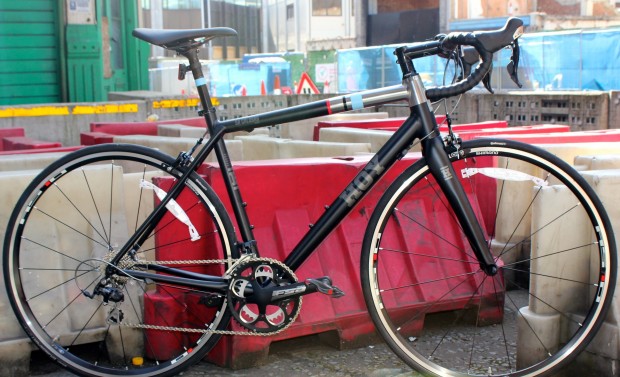
“There could be a little surprise in the range a little further down the line, something a bit closer to home, possibly limited edition,” Hoy told us with a smile across his face that revealed his enthusiasm in the project.
“It could be track, it could be road, it could be something else. I’ll keep you guessing. It’ll be something a bit different, maybe a limited run early next year, spring-time.”
We asked for more details though that’s as much as we could get out of a tight-lipped Hoy. But with the promise of high-end aluminium and a limited edition machine on the agenda, we’re sure we’ll be hearing more from a young brand with big ambitions.

